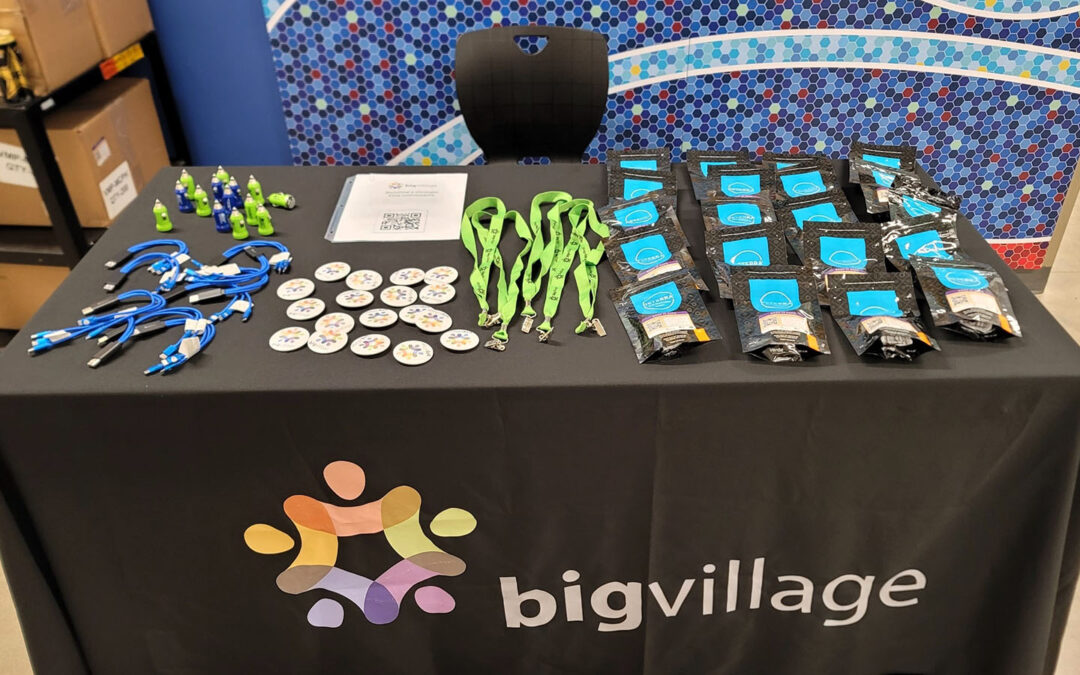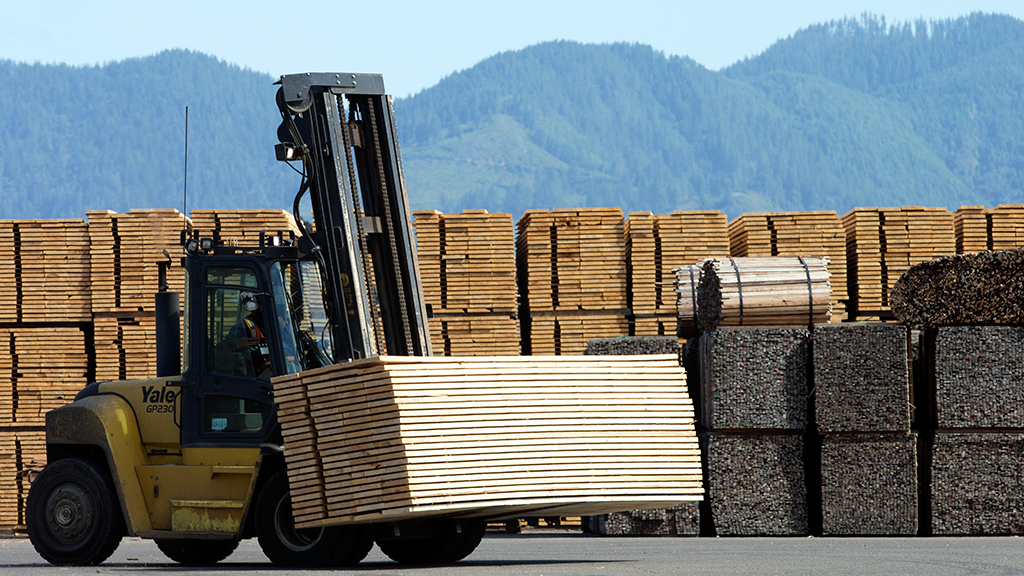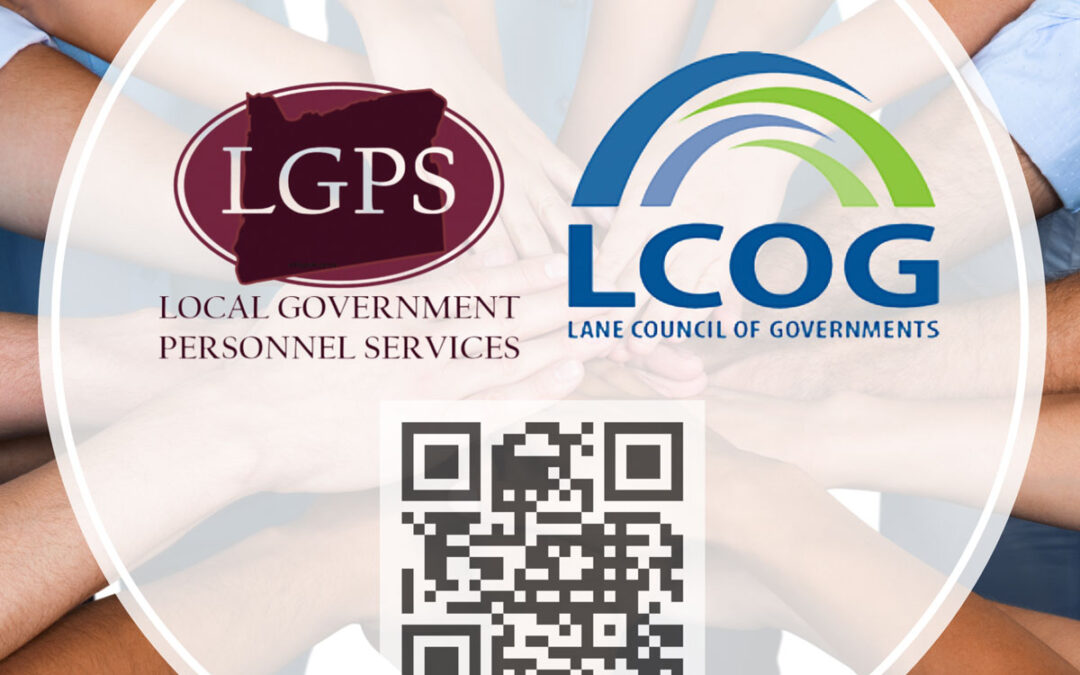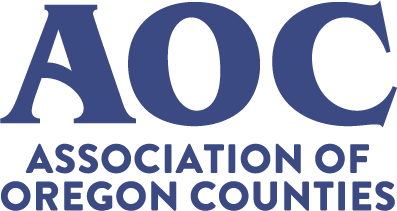
Jan 24, 2024 | AOC Business Partner
Sponsored content contributed by AOC Business Partner: Deterra
Drug overdose deaths increased 76% in Oregon from 2011-2021, according to the Oregon Health Authority. Recently, fentanyl and other synthetic opioids are driving an increase in fatal and non-fatal overdoses, with deaths from synthetic opioids increasing 83% from 2020-2021.
Counties in Oregon are working diligently to combat this crisis by providing drug deactivation and disposal tools to reduce the supply of unused prescription medications and illicit drugs that can contribute to misuse and overdoses.
In Clackamas County, District Attorney John Wentworth launched an initiative this summer to provide at-home drug deactivation and disposal pouches to encourage proper disposal of unwanted drugs.
The DA debuted the Deterra® Drug Deactivation and Disposal Pouches at the Clackamas County Fair in August. Wentworth plans to distribute the plant-based drug disposal pouches across the county as a simple way for everyone to help prevent drug misuse and overdoses.
The pouches safely deactivate and destroy prescription and over-the-counter medicine, opioids, fentanyl, illicit drugs and vape fluid.
Neighboring Multnomah County has also had success addressing youth substance use by increasing access to proper drug disposal resources. The county health department partners with Big Village Coalition on the “Keep It Safe” campaign to provide youth and families with prevention education and at-home drug deactivation pouches. Each pouch has a custom label adhered to it with a QR code linked to an informational website translated into six languages.
The efforts in Clackamas and Multnomah counties address fentanyl and prescription drug safety in a way that empowers community members to help prevent drug misuse and protect the environment from the impact of unused drugs. Several counties in other states have started mailing Deterra Pouches directly to households as part of community prevention campaigns.
Opioid settlement funds and grants support prevention and disposal efforts
Opioid settlement funds and grant dollars are available to help counties implement evidence-based prevention strategies.
As the result of a national lawsuit against pharmaceutical companies, Oregon is expected to be awarded around $325 million over 18 years. These funds can be used for evidence-based opioid prevention, treatment, and recovery strategies.
Participating local governments will receive 55% of these funds, and making an investment in prevention is essential to stop misuse before it starts. One of the most effective ways to quickly reduce the risk of drug misuse is a direct-to-household mailing of educational materials and drug deactivation pouches. A household mailing campaign is ideal for efficiently distributing prevention tools and reaching rural or underserved communities with limited access to other disposal methods.
To see the impact a prevention education and at-home disposal campaign can have on your county, request a free custom assessment.
Contributed by: Senior VP of Marketing Erica Webb

Jan 24, 2024 | AOC Business Partner
Sponsored content contributed by AOC Business Partner: Hampton Lumber
Northwest Oregon is home to some of the most productive and sustainably managed forests in the world. These forests have made Oregon the top U.S. producer of renewable building materials.
Local sawmills rely on a steady and sustainable supply of timber from surrounding public and private forests. Unfortunately, uncertainty over the trajectory of the 70-year Habitat Conservation Plan (HCP) for State Forests turned into alarm and disappointment for the industry and the Forest Trust Land Counties in 2023 when the Oregon Department of Forestry announced the proposed HCP will result in harvest levels as much as 34 percent lower than current levels. While the forest products sector is accustomed to short-term market disruptions, the long-term outlook for timber supply in the state remains a source of concern for local companies that must decide whether continued investment is tenable. Looking to the future, Oregon elected leaders and policy makers will need to prioritize, protect, and enable working forestlands in the state to not only support exiting wood manufacturing capacity but also create new opportunities for value-added mass timber manufacturing.
Sawmills are often the most visible component of a healthy forest sector, but Oregon’s working forests also support hundreds of family-owned logging and hauling companies that specialize in the safe and sustainable harvest and transport of wood products. Indeed, most local benefits that arise from timber harvests come not from the revenues associated with timber sales, but the work that active forest management generates year after year. We estimate that for every $1 million in revenue created by a timber sale, an additional $1.4 million is generated locally to harvest, transport, and create lumber. Additional revenue and employment are generated through lumber sales and secondary manufacturing facilities, including those that produce plywood, particleboard, and pulp and paper. This economic activity trickles through local communities, to stores, restaurants, and service providers and helps keep rural areas resilient.
Active forest management also creates climate-friendly building materials. According to the Oregon Forest Resources Institute, lumber, plywood, particle board, and hardboard manufactured in Oregon each year can store an estimated 18.6 million metric tons of carbon dioxide equivalent (mtco2e) in the built environment. In 2021, total emissions in Oregon amounted to 60.1 mtco2e, which means building materials produced in Oregon have the capacity to store roughly 30 percent of the state’s emissions each year.
The local wood products industry also helps address other social issues from workforce development to community livability and access to affordable housing. Currently, Oregon produces enough lumber and plywood each year to frame around 375,000 single-family homes. Housing is a priority issue for our company, and we know Oregon’s cities and counties are equally committed to increasing housing access and affordability. The scale of the issue is enormous, and collaboration will be key. We look forward to working with private and public sector partners in the coming years on ways to better address these needs in our communities.
If you’d like more information on Hampton Lumber’s commitment to sustainable communities, visit www.hamptonlumber.com/sustainability.
Contributed by: Director of Public Affairs and Communications Kristin Rasmussen

Jan 24, 2024 | AOC Business Partner
Sponsored content contributed by AOC Business Partner: IT Motives
When you think of hiring, what immediately comes to mind? Stacks of unqualified resumes, having to spend time sorting through them all to get to the qualified candidates, scheduling interviews, making job offers, negotiating back and forth, the list goes on and on.
Now, let me ask you, do you find that enjoyable? Is it the best use of your time and talent?
Chances are there’s a million other things you would rather be doing than trying to hire and especially so in this job market. With the unemployment rate at 3.7% it makes recruiting one of the most challenging aspects of being a manager.
Here is a pro-tip and best practice: don’t go it alone.
Hiring is hard enough, much less doing this all by yourself.
The “post and pray” method of recruiting…i.e., posting your job and praying that qualified candidates will start rolling in…is not a great strategy. Actually, it’s not even a good strategy.
Failed recruitments are a real thing. So, what do you do?
Three things:
- Utilize the recruiting help you do have. Make your first stop to visit your HR department and talk to them about how they can help you. If you’re a larger government entity, it’s likely there are some external staffing partners that you can work with, and they can refer you to. Reach out to these companies proactively, find out who they are, how they work, and build a relationship with them. Here are questions to ask to make sure you are using them to the fullest effect:
- What do you need from me in order to help us conduct a successful recruitment?
- How can I streamline my hiring process, so we don’t lose candidates?
- From your experience, how does the compensation we are offering compare to the current market? Are we competitive comp-wise?
- If your government agency does not have staffing partners to work with, work with another government agency to leverage the cooperative agreement language in their contract. If you’re not familiar with the “co-op” model and the time you can save using it, here is a link to the ORS regarding co-op agreements https://shorturl.at/uFGLV. Your procurement team can help you with this. No need to reinvent the wheel if someone else has done the work for you!
- Lastly, engage with your team to see if they might know of someone they could refer. Some of the best hires you’ll ever make are the one’s internally referred. Birds of a feather flock together as the saying goes. Leverage your team and their network and find out who they know.
Recruiting in this modern world is not easy and that’s why you want to turn to the experts such as HR, procurement, and third-party recruiters who do this work every day. Partner with them, get to know them, build relationships with them; and most importantly, do this before you need to hire again.
Contributed by Tony Seminary, CEO of IT Motives, a Native American-owned staffing and recruiting company based in Portland, Oregon. IT Motives has successfully made placements with government agencies such as the City of Portland, Portland Public Schools, and Tualatin Valley Fire and Rescue. Tony can be reached at tony@itmotives.com if you would like to engage him in a conversation.

Jan 24, 2024 | AOC Business Partner
Exciting news is buzzing around the Local Government Personnel Services (LGPS) community, and we want YOU to be a part of it! Introducing the LGPS Blog Naming Contest – your chance to contribute to the identity of our new blog and win bragging rights!
To enter the contest, simply send your creative blog name suggestions to us at **asklgps@lcog.org** by March 1, 2024. Your imaginative input could become the official name of our blog and earn you the ultimate accolade – bragging rights all over Oregon!
Let’s take a trip down memory lane to the birth of the iconic candy, Snickers. Named after one of the Mars family’s favorite horses, this chocolate bar has become synonymous with satisfaction. The whimsical backstory proves that a name can carry a legacy, and we believe your creativity can achieve the same for our new blog.
Now, imagine proudly boasting about being the mastermind behind the blog’s name that will resonate across LGPS and beyond. This is your chance to contribute to the story of our organization in a unique and memorable way.
Some reminders about what the Local Government Personnel Services does:
Labor Relations
- Contract Negotiations
- Grievances
- Training for Managers
- Arbitration Representation
Human Resources
- Classification & Compensation Studies
- Workplace Investigations
- Executive Recruitment
- Pre-Employment Background
- HR Technical Support
- Executive Evaluations
Fiscal Consultation
- Interim Assignments
- Budget Consultation
The entry that not only captures the essence of LGPS but also leaves a lasting impression will be crowned the winner. Bragging rights aren’t just a title; they’re a testament to your creativity and connection to our shared mission of supporting local governments throughout Oregon. Along with bragging rights, your name will proudly be a part of our very first blog post! Our team will announce the winner March 4, 2024, on our social media and via email to the winner.
Thank you for your continued support of LGPS. Let’s make this blog naming contest a showcase of our collective brilliance. Get ready to seize those bragging rights and leave an indelible mark on LGPS history and generations to come!
LGPS offers services to cities, counties and special districts in Oregon. Learn even more about our program by scanning the QR code near this article or emailing asklgps@lcog.org with questions.
Good luck!
Sponsored content contributed by AOC Business Partner: Local Government Personnel Services




